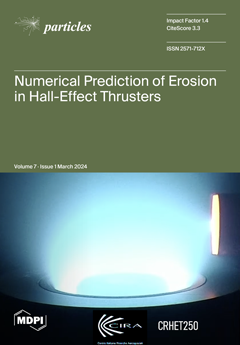The violation of the
axial symmetry in QCD is stricter than the chiral
breaking simply because of the presence of the quantum axial anomaly. If the QCD gauge coupling is sent to zero (the asymptotic free limit, where the
axial anomaly does not exist), the strength of the
axial breaking coincides with that of the chiral
breaking, which we, in short, call an axial–chiral coincidence. This coincidence is
trivial since QCD then becomes a non-interacting theory. Actually, there exists another limit in the QCD parameter space, where an axial–chiral coincidence occurs even with nonzero QCD gauge coupling, which can be dubbed a
nontrivial coincidence: it is the case with the massive light quarks
and the massless strange quark (
) due to the flavor-singlet nature of the topological susceptibility. This coincidence is robust and tied to the anomalous chiral Ward–Takahashi identity, which is operative even at hot QCD. This implies that the chiral
symmetry is restored simultaneously with the
axial symmetry at high temperatures. This simultaneous restoration is independent of
and, hence, is irrespective of the order of the chiral phase transition. In this paper, we discuss how the real-life QCD can be evolved from the nontrivial chiral–axial coincidence limit by working on a Nambu–Jona–Lasinio model with the
axial anomaly contribution properly incorporated. It is shown that, at high temperatures, the large differences between the restorations of the chiral
symmetry and the
axial symmetry for two light quarks and a sufficiently large current mass for the strange quark are induced by a significant interference of the topological susceptibility. Thus, the deviation from the nontrivial coincidence, which is monitored by the strange quark mass controlling the topological susceptibility, provides a new way of understanding the chiral
and
axial breaking in QCD.
Full article





